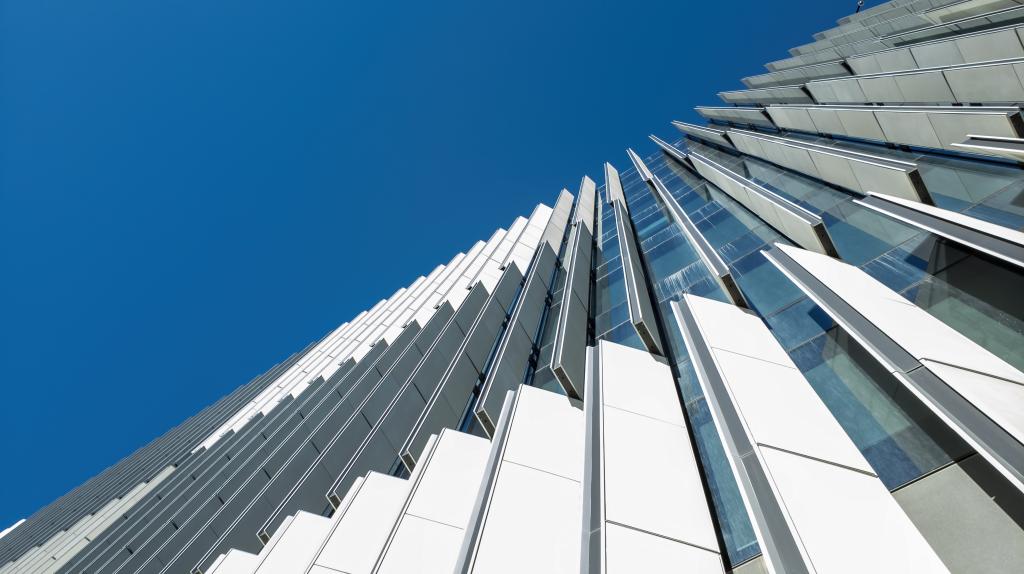
Although not a new concept, the inclusion of sustainability and green clauses in commercial property documentation – such as the green lease provisions developed by the Better Buildings Partnership – is becoming more common as the sector seeks to reduce its impact on the planet.
What is a green clause?
There are no set rules as to what constitutes a green clause but they generally embody key concepts such as:
- Energy Performance: Requirements relating to Energy Performance Certificate ratings, installation of energy-efficient systems, collection of data and use of renewable energy sources.
- Sustainable Materials: Specifications for the use of recycled or sustainable materials in construction and renovation including in tenant’s alterations, for example.
- Waste Management: Clauses promoting recycling, waste reduction, and responsible disposal practices.
- Water Conservation: Measures to reduce water usage, such as low-flow fixtures and rainwater harvesting systems.
- Biodiversity: Provisions for green spaces, landscaping with native plants, and measures to support local wildlife. You may be interested in Tom Graham’s article which provides an introduction to Biodiversity Net-Gain.
Why are they regarded as valuable?
Environmental Impact
- Energy Efficiency – The introduction of the MEES Regulations brought a sharper focus on a property’s energy rating and what could be done to improve it to comply with the requirements. You will often see clauses which seek to protect the energy performance of a building, leading to reduced energy consumption and a lower carbon footprint.
- Resource Conservation – Green clauses can mandate the use of sustainable materials and practices, promoting conservation of resources. For example, we see fewer requirements for works to be carried out using only new materials and reinstatement obligations may be limited where to remove and reinstate a property would not make environmental sense.
Economic Advantages
- Cost Savings: Energy-efficient buildings – perhaps with measures such as smart thermostats and lighting systems, using natural light to decrease artificial illumination and having natural ventilation to reduce reliance on air-conditioning – can result in lower utility bills for tenants and owners.
- Property Value: Sustainable properties tend to have higher market values and can attract premium rents.
- Demand and Marketability: Increasingly, tenants and buyers prefer sustainable properties due to their environmental benefits and potential cost savings. Many businesses want to enhance their environmental credentials, both for reputation and to attract new talent, so will seek properties which align with their goals, even if this comes at an additional cost. Property agents have reported the emergence of a “green premium” for those buildings providing a better ESG offering and a “brown discount” for space which falls short on this front.
Legal and Regulatory Compliance
- Future-Proofing There are various requirements which are already in force but including sustainability clauses can help ensure compliance with future regulations as well, avoiding costly retrofits and legal issues.
- Alignment with Government Policies: The UK government has been pushing for greener buildings, and these clauses help align with national and local policies.
- Corporate Responsibility: Companies looking to demonstrate corporate social responsibility are more likely to lease or purchase green buildings.
Health and Wellbeing
- Occupant Wellbeing: Sustainable buildings often provide healthier living and working environments, which can boost productivity and reduce absenteeism. Studies on hospital buildings suggest that incorporating green infrastructure improved recovery times and lowered the need for pain medication.
- Indoor Air Quality: Green clauses often promote better ventilation and the use of non-toxic materials, enhancing indoor air quality. A 2023 CBI article stated that, “Improved workplace air quality through a 95% reduction in indoor pollution could boost London employees’ productivity by up to 15%. That could deliver an additional £38bn of economic activity to the London economy.”
Challenges and considerations
- Market Acceptance: While increasing in general popularity, not all market segments may value sustainability equally, potentially limiting the immediate appeal in some areas.
- Financing: The implementation of green measures and sustainability projects can require significant upfront investment, which makes them unfeasible for some, but these costs are often offset by long-term savings. There may also be a reluctance from parties to commit capital to unproven green technologies. Having said that, in wider terms, as the Institute for Government put it, “The most important benefit, of course, is avoiding catastrophic climate change. Put another way, the costs of failing to bring climate change under control would be much larger than those associated with decarbonisation.”
- Enforcement and Monitoring: Ensuring compliance with sustainability clauses requires effective monitoring and enforcement mechanisms.
So, are they worth it?
It does feel like sustainability and green clauses in property documentation are generally a good thing, particularly from a long-term perspective. They not only contribute to environmental protection and resource conservation but can also offer significant economic benefits and help the property sector stay in step with current and future regulatory requirements and environmental goals. While there are challenges, such as initial costs and market acceptance, the overall trend suggests that the incorporation of these clauses – in a pragmatic and realistic way – can enhance property value, attract quality tenants, and future-proof investments.
If you’re interested in introducing green clauses to your property documentation, please contact Aimee Barrable. If you are in the construction industry and keen to understand more about green construction speak to our Construction team.
